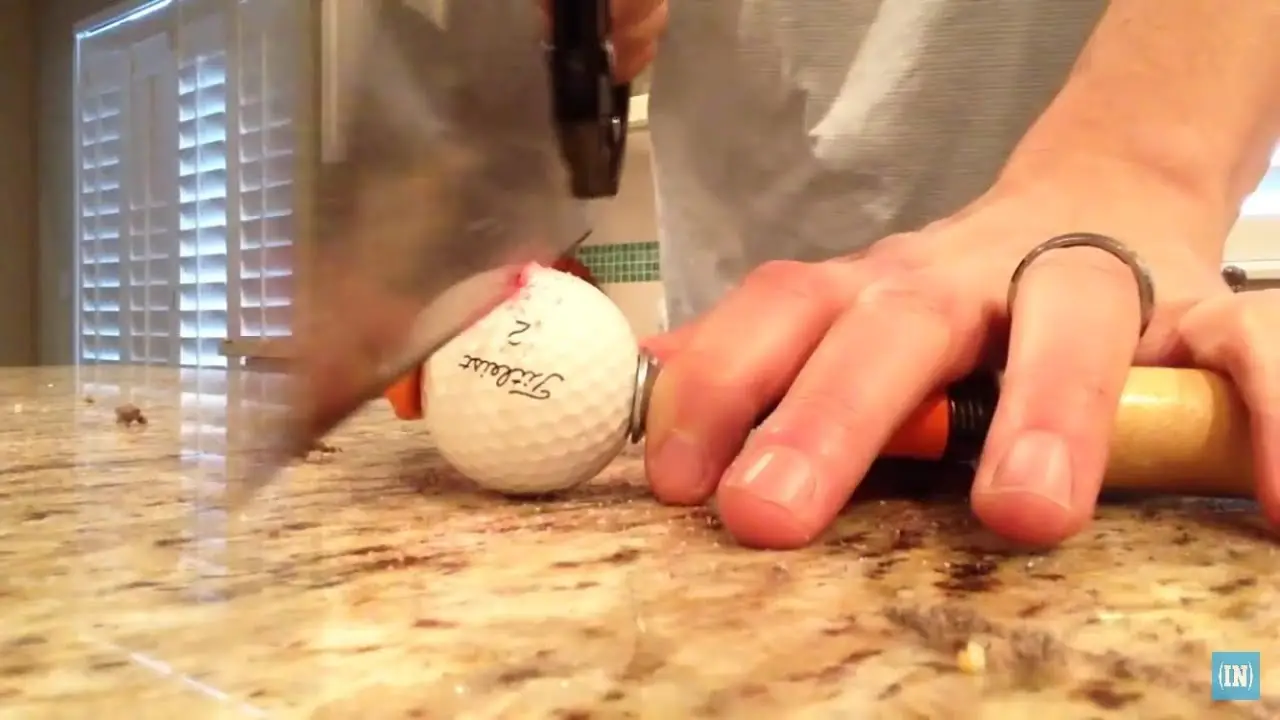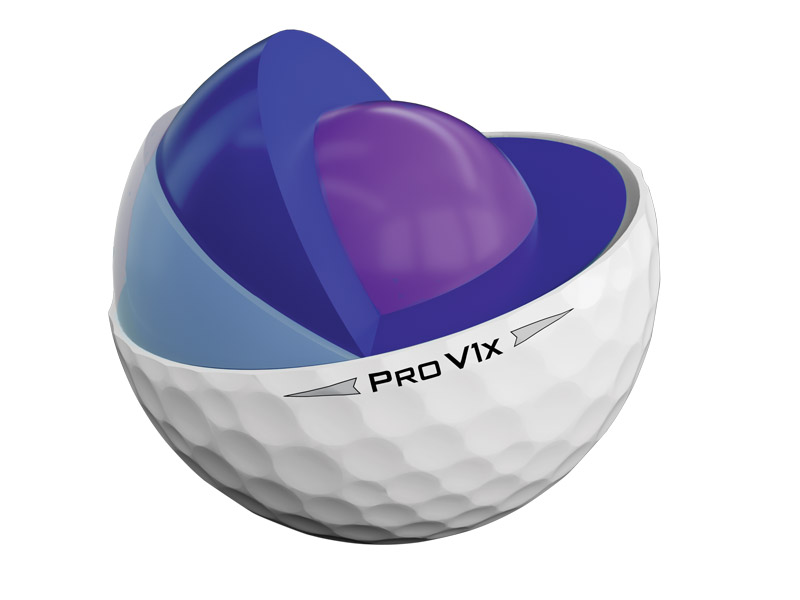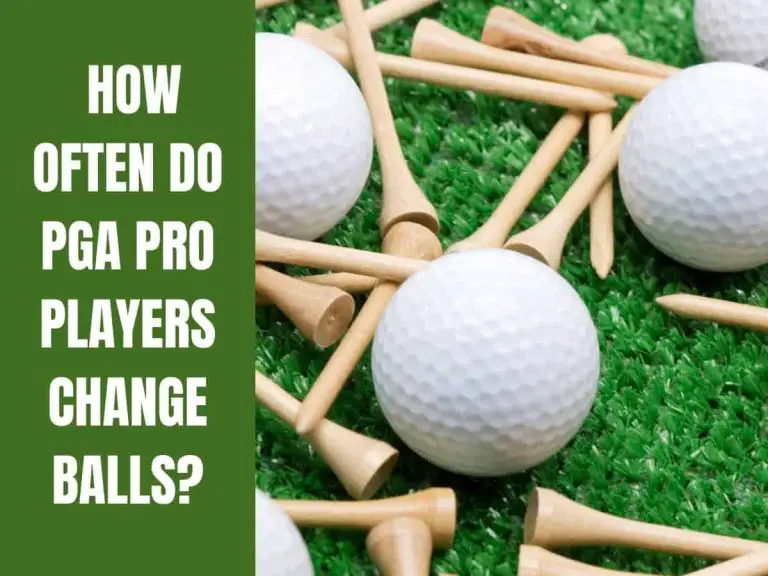Is A Golf Ball Hollow Or Solid

When it comes to the intricacies of golf equipment, understanding the construction and composition of a golf ball is essential for players aiming to enhance their performance on the course. Among the many questions that arise, one common query is whether a golf ball is hollow or solid. The answer lies in exploring the fascinating world of golf ball design and construction.
Golf balls, with their unique properties and characteristics, are meticulously engineered to optimize distance, accuracy, and control. The core, the central component of a golf ball, plays a critical role in shaping its behavior. But what exactly is the core, and how does it influence the ball’s flight and performance?
In this article, we will delve into the depths of golf ball design, examining the different types of cores and dispelling any misconceptions surrounding the concept of hollow cores. We will explore the attributes, advantages, and disadvantages of solid core golf balls and delve into the realm of specialized designs that incorporate elements of “hollowness.” Whether you’re a seasoned golfer or just starting your golfing journey, understanding the nuances of golf ball construction will empower you to make informed decisions about the equipment you choose to play with. So, let’s embark on this journey to uncover the truth behind whether a golf ball is hollow or solid.

Exploring Golf Ball Construction
Before we dive into the specifics of golf ball cores, it is important to understand the overall construction of a golf ball. A standard golf ball consists of three primary components: the cover, the core, and the layers in between.
The cover of a golf ball is the outermost layer and serves multiple purposes. It provides durability, protection, and contributes to the ball’s aerodynamics. Golf ball covers are typically made from materials such as urethane or ionomer blends.
Moving inward, we reach the core, which is the central component of a golf ball. The core plays a crucial role in determining the ball’s performance characteristics, including its initial velocity, compression, and spin rates. The design of the core can greatly influence the ball’s flight trajectory and overall feel.
Between the cover and the core, there are often additional layers known as the mantle or other proprietary designs. These intermediate layers can influence the ball’s spin, compression, and energy transfer, further affecting the overall performance.
Now that we have a basic understanding of the general construction of golf balls, let’s focus on the key component that distinguishes different types of golf balls—the core.
Understanding Golf Ball Cores
The golf ball core refers to the central component that directly impacts the ball’s performance. It is crucial to recognize the attributes of the core to comprehend the characteristics and behavior of various golf balls.
Types of Golf Ball Cores
Golf ball cores can be broadly classified into two main categories: solid core and multi-layered core designs.
Solid Core Golf Balls
Solid core golf balls have been a traditional choice for many golfers. The primary attribute that sets them apart is their solid, single-piece construction. Solid core balls typically feature a large, solid rubber core encased within additional layers.
The solid core design allows for increased compression, resulting in higher initial ball speeds off the clubface. This characteristic makes solid core balls desirable for players seeking maximum distance and lower spin rates.
The materials used in solid core golf balls can vary, but they often consist of high-energy rubber compounds. The prominence of solid cores can be attributed to their popularity among golfers of different skill levels, as they provide a good balance of distance, control, and overall performance.
Multi-layered Core Golf Balls
In recent years, multi-layered core golf balls have gained significant traction in the market. These balls feature a complex construction with multiple layers surrounding the core.
The multi-layered design allows golf ball manufacturers to fine-tune performance attributes such as spin rates, launch conditions, and feel. By incorporating different materials and varying the thickness of each layer, golf ball manufacturers can create balls with specific performance characteristics.
Typically, multi-layered core golf balls have a softer outer layer (the cover) and one or more mantle layers between the cover and the core. The core itself can be either solid or comprised of additional layers. These balls aim to provide enhanced feel, control, and workability, making them popular among skilled golfers who prioritize shot shaping and control over sheer distance.
While multi-layered core golf balls offer advantages in certain aspects, they may not be suitable for every golfer. Choosing the right ball depends on individual playing style, preferences, and skill level. Now, let’s delve deeper into the concept of hollow core golf balls and explore their characteristics and applications.
Examining Hollow Core Golf Balls
Hollow Core Golf Balls: Myth or Reality?
There is a common misconception surrounding the term “hollow core” when it comes to golf balls. It is important to clarify that golf balls, as we discussed earlier, consist of solid cores or multi-layered cores. The term “hollow core” is not commonly used in the context of standard golf balls.
However, it is worth noting that certain specialized golf balls incorporate unique designs that may resemble a hollow core. Let’s explore two examples of such balls: hollow metal-core golf balls and hollow rubber-core golf balls.
Specialized Golf Balls with Hollow Cores
Hollow Metal-Core Golf Balls
Hollow metal-core golf balls, while not widely prevalent, have been introduced to cater to specific needs and preferences of professional golfers seeking exceptional performance. These balls feature a metal core encased within additional layers.
The metal core, often made of tungsten or other dense metals, provides increased weight concentration at the center of the ball. This design aims to enhance the ball’s moment of inertia (MOI) and stability, resulting in improved forgiveness and reduced shot dispersion.
Furthermore, the use of a metal core allows for more efficient energy transfer upon impact, leading to higher ball speeds and increased distance. These balls are typically engineered for elite players who prioritize control, workability, and consistency in their shots.
Hollow Rubber-Core Golf Balls
Hollow rubber-core golf balls, on the other hand, offer a distinct design for specific purposes. These balls feature a core with a hollowed-out section, surrounded by additional layers.
The primary intention behind a hollow rubber-core design is to alter the weight distribution and create different performance characteristics. By removing material from the core’s center, golf ball manufacturers can shift the center of gravity (CG) closer to the cover, resulting in lower spin rates and a more penetrating ball flight.
Hollow rubber-core golf balls are often designed for golfers looking for reduced spin off the tee, resulting in longer and straighter drives. These balls can provide an advantage for players with high swing speeds who seek maximum distance while maintaining control.
It is important to note that hollow rubber-core golf balls are relatively niche products and may not be as readily available as mainstream solid or multi-layered core options.
While specialized golf balls with hollow cores exist, it is essential to understand that they represent a small segment of the overall golf ball market. The majority of golfers use traditional solid or multi-layered core balls that offer a wide range of performance options suitable for various skill levels and playing styles.
Evaluating Golf Ball Performance
Now that we have explored the different types of golf ball cores, it is crucial to understand how ball construction affects performance on the golf course.
Impact of Ball Construction on Performance
The construction of a golf ball, including the core type, plays a significant role in determining its performance characteristics. Key factors affected by ball construction include:
Distance and Accuracy Considerations
The core design directly influences the initial velocity of the ball off the clubface. Solid core balls, with their higher compression, tend to generate greater initial ball speeds, resulting in increased distance. These balls are often preferred by golfers seeking maximum length off the tee.
On the other hand, multi-layered core balls offer advantages in terms of accuracy and shot control. The combination of softer outer layers and optimized mantle layers can help reduce sidespin and promote straighter ball flight, enhancing accuracy.
Spin Rates and Control
Spin rates are critical for golfers looking to shape shots and control the trajectory of the ball. Multi-layered core balls are engineered to provide specific spin characteristics.
For instance, golf balls with softer outer layers and multi-layered cores often produce higher spin rates, allowing skilled golfers to impart more spin on the ball for increased control around the greens. These balls are favored by players who prioritize shot-stopping ability and short game control.
On the other hand, solid core balls generally exhibit lower spin rates, which can be advantageous for golfers seeking a more penetrating ball flight and reduced spin off the tee. These balls can provide added distance and better performance in windy conditions.
It is important to note that the ideal ball for each golfer depends on their individual swing characteristics, skill level, and personal preferences. It is recommended that golfers experiment with different types of balls to find the one that best suits their game and desired performance outcomes.
Personal Preferences and Playing Style
Selecting the right golf ball involves considering personal preferences and playing style. Here are a few factors to keep in mind:
- Skill Level: Beginners and high-handicap golfers may benefit from using more forgiving and distance-oriented golf balls. Solid core balls with lower compression can help maximize distance and minimize slice or hook tendencies.
- Mid-Handicap Players: Golfers with moderate skill levels may prefer multi-layered core balls that offer a balance of distance, control, and feel. These balls can provide a good compromise between forgiveness and workability.
- Low-Handicap Players: Skilled golfers who prioritize shot shaping, control, and feel may lean towards multi-layered core balls with softer covers. These balls offer increased spin rates, allowing for greater shot control and versatility around the greens.
- Swing Speed: Golfers with higher swing speeds may benefit from using balls with higher compression and lower spin rates, such as solid core balls. These balls can help optimize distance and maintain control for faster swing speeds.
Ultimately, finding the right golf ball involves trial and experimentation. It is recommended to try different brands, models, and core designs to determine which ball provides the desired combination of distance, accuracy, spin control, and overall feel.
Conclusion
Understanding the construction of golf balls, specifically the nature of their cores, is vital for golfers seeking optimal performance on the course. While the majority of golf balls have solid cores or multi-layered cores, specialized designs featuring hollow cores do exist.
Solid core golf balls offer a balance of distance and control, making them popular among golfers of all skill levels. Multi-layered core balls provide enhanced feel, spin control, and shot-shaping capabilities, catering to the needs of skilled players. Specialized golf balls with hollow cores, such as those incorporating metal or rubber designs, serve niche purposes and are aimed at specific player preferences.
When selecting a golf ball, consider factors like compression, spin rates, distance, accuracy, and personal playing style. Experimentation with different types of balls is key to finding the one that maximizes performance and enjoyment on the golf course. So, go out, test different options, and find the perfect golf ball to elevate your game.




